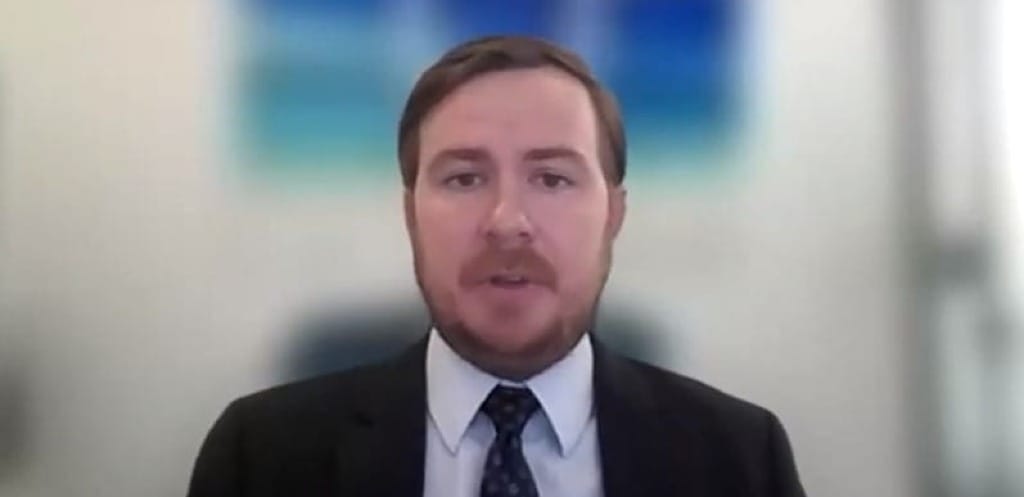Understanding the FCC’s Mobile Challenge Process
FCC called on consumers to challenge inaccurate mobile broadband coverage data.
Jericho Casper

WASHINGTON, Dec. 3, 2024 – The Federal Communications Commission called on consumers Tuesday to help improve mobile broadband coverage maps through its mobile challenge process.
“Submitting speed tests using the FCC mobile speed test app is the easiest way to participate in the mobile challenge process,” said Will Holloway, assistant counsel for the Broadband Data Taskforce at the FCC, during an open meeting. “Simply running tests while you're outside or using the repeated test option when driving, can help contribute to creating challenges.”
By collecting and submitting real-world Internet speed test data, participants can challenge service providers' coverage claims, in an effort to more accurately depict broadband access across the U.S., according to Holloway.
At the heart of the process is the FCC’s Speed Test App, a free tool that allows consumers to measure upload and download speeds in provider-claimed coverage areas. The app hasn’t been without controversy, as some users and industry groups, like the Competitive Carriers Association, have argued that its personal data requirements deter participation.
Once speed test data is submitted, it is aggregated with other results to determine whether an area meets the criteria for a "cognizable challenge" — a formal contestation of a provider's coverage claim. For a challenge to be valid, it must meet three key thresholds:
Geographic Threshold
To evaluate mobile broadband coverage, the FCC divided the country into small sections, called Hex-8. For a challenge to proceed, speed tests must be conducted in several locations within these sections, focusing on areas with roads and coverage claims from providers.
In remote areas without roads, the usual requirements are relaxed to ensure that rural and hard-to-reach places aren’t left out of the process. This flexibility helps address coverage gaps in underserved areas that might otherwise go unnoticed.
Temporal Threshold
Negative results must be captured at different times of the day, specifically between 6 a.m. and 10 p.m. local time, and separated by at least four hours to ensure consistency and reliability in the data submitted.
Testing Threshold
A specific number or percentage of speed tests within the challenged area must report negative results. A negative result in the mobile challenge process refers to a speed test component (download or upload) that falls below the minimum speed threshold for the claimed mobile coverage technology.
For example, for 4G LTE, a download speed below 5 Megabits per second (Mbps) or an upload speed below 1 Mbps counts as a negative result, while for 5G, a download speed below 7 Mbps counts as a negative result.
The threshold varies based on the number of tests conducted. For 20 or fewer speed tests, at least 5 negative results are required. For over 100 speed tests, at least 16% of the tests must report negative results for the challenge to proceed.
Once a challenge meets the FCC’s criteria providers have 60 days to respond, either conceding to the challenge or rebutting it with on-the-ground data or network infrastructure details. If the provider concedes or fails to refute the claim, they must update the National Broadband Map within 30 days to reflect the revised coverage.











Member discussion